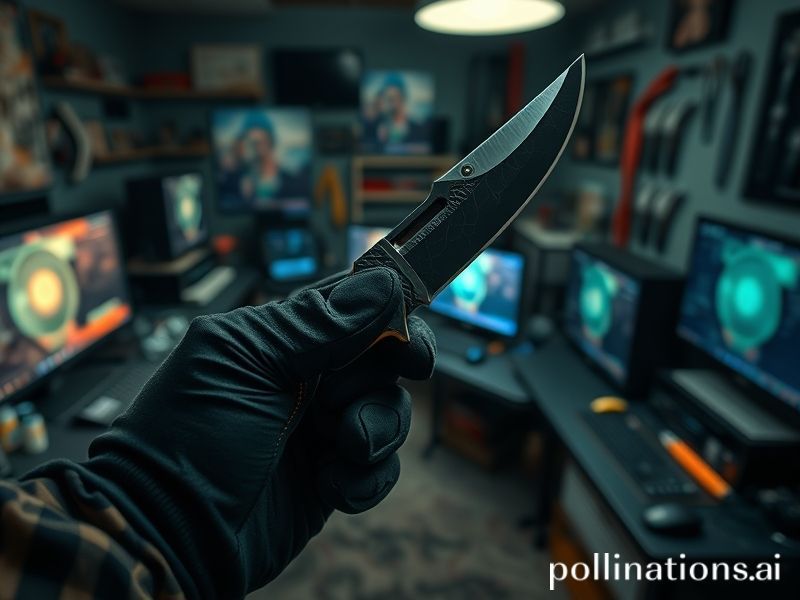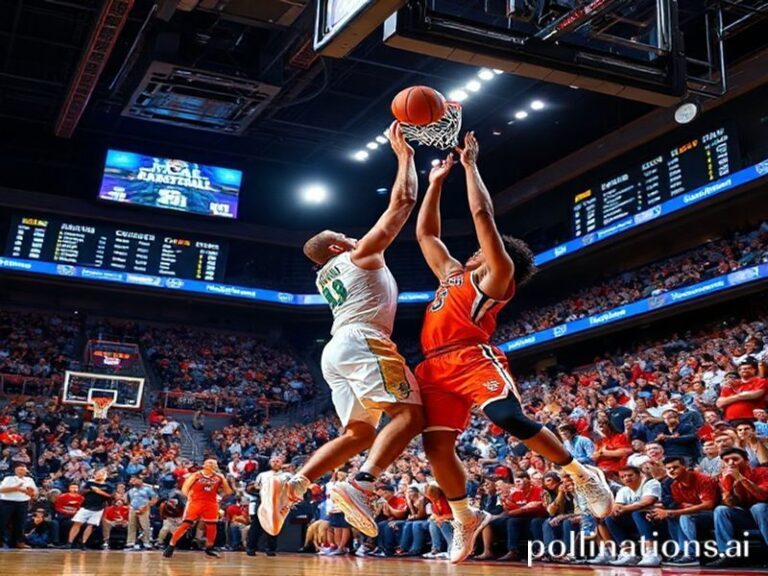CS2 Knife Trade-Ups: The Digital Gold Rush Taking the Gaming World by Storm
# **CS2 Knife Trade-Ups: The Digital Gold Rush of the Gaming World**
In the vast, pixelated landscape of *Counter-Strike 2* (CS2), a new trend has emerged that’s got gamers, investors, and even casual observers buzzing. We’re talking about **CS2 knife trade-ups**—the digital equivalent of spinning a roulette wheel, but with virtual knives that can be worth thousands of dollars. This isn’t just a gaming fad; it’s a cultural phenomenon that’s blending the worlds of gaming, finance, and internet culture in ways we never thought possible.
### **What Are CS2 Knife Trade-Ups?**
For the uninitiated, a **trade-up** is a feature in CS2 where players can trade in multiple lower-tier items (like skins or knives) to receive a single, random higher-tier item. It’s like trading in a handful of Pokémon cards for the chance to get a Charizard—except the stakes are much higher, and the rewards can be life-changing.
Knives, in particular, are the crème de la crème of CS2 items. They’re rare, coveted, and often come with hefty price tags. The most sought-after knives, like the **Karambit, M9 Bayonet, or Butterfly Knife**, can sell for thousands of dollars on the Steam Community Market or third-party sites like Skinport or Buff163.
### **Why Is This Trend Exploding Globally?**
1. **The Thrill of the Gamble**
Humans love a good gamble, and trade-ups are the ultimate digital casino. For a relatively small investment, players can roll the dice and potentially walk away with a knife worth ten times their initial stake. It’s the same rush you get from opening a loot box, but with higher stakes and a more strategic element.
2. **The Rise of Skin Gambling**
Skin gambling has been a controversial but persistent part of the CS2 ecosystem for years. Trade-ups are the latest iteration of this trend, offering a more structured (and theoretically safer) way to gamble. While Valve has cracked down on third-party gambling sites, trade-ups remain a Valve-sanctioned feature, making them a more legitimate (if still risky) way to chase big wins.
3. **The Influence of Streamers and Content Creators**
Streaming platforms like Twitch and YouTube have played a massive role in popularizing trade-ups. Big-name CS2 streamers and YouTubers often showcase their trade-up attempts, turning the process into a spectator sport. Viewers tune in to watch the drama unfold, whether it’s a heartbreaking loss or a jaw-dropping win.
4. **The Global Appeal of CS2**
CS2 isn’t just a game; it’s a global phenomenon. With millions of players worldwide, the demand for rare items like knives is consistently high. Trade-ups tap into this global market, allowing players from different regions to participate in the same digital economy.
### **Cultural Impact: More Than Just a Game**
The rise of CS2 knife trade-ups reflects broader cultural trends in gaming and internet culture. It’s a testament to how far gaming has come as a mainstream form of entertainment and how deeply integrated it is with modern digital economies.
– **The Blurring Line Between Gaming and Finance**
Trade-ups are essentially a form of digital asset trading. Players aren’t just collecting items; they’re investing in them, speculating on their value, and sometimes profiting from their trades. This mirrors the rise of cryptocurrency and NFTs, where digital assets can hold real-world value.
– **The Social Aspect of Gaming**
Trade-ups have become a social experience. Players discuss strategies, share their wins and losses, and even collaborate on trade-ups with friends. It’s a communal activity that brings players together, even in a game that’s often seen as competitive and individualistic.
– **The Dark Side of the Trend**
Of course, not everything about trade-ups is sunshine and rainbows. The gambling aspect has raised concerns about addiction, especially among younger players. Valve has implemented some safeguards, like cooldown periods and age restrictions, but the potential for exploitation remains a real issue.
### **Why This Matters**
CS2 knife trade-ups are more than just a gaming trend. They represent a shift in how we perceive digital ownership, value, and entertainment. They’re a microcosm of the broader digital economy, where virtual items can have real-world consequences.
For gamers, trade-ups offer a thrilling way to engage with the game beyond just playing it. For investors, they’re a speculative market with real financial potential. And for cultural observers, they’re a fascinating case study in how gaming continues to evolve as a cultural force.
So, whether you’re a seasoned CS2 veteran or just a curious onlooker, the world of knife trade-ups is worth keeping an eye on. After all, in the digital age, even a virtual knife can be worth its weight in gold.







